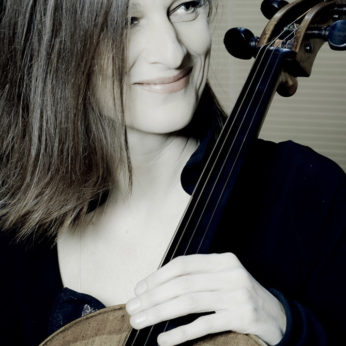Composer: George Enescu (b. 1881 - d. 1955)
Performance date: 01/07/2010
Venue: Bantry Library
Composition Year: 1943-44
Duration: 00:28:12
Recording Engineer: Anton Timoney, RTÉ lyric fm
Instrumentation Category:Piano Quartet/Piano Quintet
Instrumentation Other: pf, vn, va, vc
Artists:
Anja Lechner -
[cello]
Hartmut Rohde -
[viola]
Pekka Kuusisto -
[violin]
Kirill Gerstein -
[piano]

Enescu was a musical polymath equally
successful as a performer on the violin, conductor, composer and teacher during
his lifetime. A child prodigy, he graduated from his studies on the violin at
the Vienna conservatory at the age of thirteen, and by the age of fourteen was
studying composition with Gabriel Fauré and Jules Massenet in Paris.
Enescu’s Second Piano Quartet was written between July 1943 and May 1944
in memory of Gabriel Fauré and to mark the 20th anniversary of his death. He spent
these worst years of the war in Bucharest, devoted to the musical life of the
city and remaining as distant from politics as possible in those turbulent
times. Quietly leaving Romania in 1946 for a tour of the USA, Enescu never
publicly criticized the sweeping changes taking place in his country under the
influence of the Soviet Union, yet politely declined the awards and concerts
that were offered him by the new regime in the coming years. The quartet was
finally premièred in Washington D.C. in 1947 during a period which saw Enescu
engage in intensive performance across America, including a charitable series
that succeeded in raising over $20,000 for poverty stricken families in
post-war Romania.
Undoubtedly the influence of Fauré is evident in this work, its harmonic
luxuriousness reminiscent at times of Fauré’s final piano quartet. With a
reputation for being incredibly demanding on both listener and player alike,
the Second Piano Quartet is like a musical hall of mirrors, where motifs and
figures appear, only to vanish with a single turn of phrase. The Allegro moderato opens with a melancholic and expansive
theme that gradually gains momentum, edging towards increasingly tempestuous
and violent heights. The sense of key remains murky and elusive throughout,
adding to the atmosphere of mystery and brooding unease. Nevertheless there is
an unusual equality in the composition, none of the instruments ever taking
precedence over the others, none occupying the melodic foreground for more than
a fragment of time.
The Andante
pensieroso ed espressivo opens
with a crystalline piano phrase that gently relaxes into an ominous yet
contemplative tapestry of insinuations and evocations. Delicate and tentatively
uplifting passages underpin the movement and we can grasp why this has been
called the most searching of
Enescu’s mature pieces. The Con moto moderato begins with a choppy staccato
piano phrase, soon to be joined by strings that fluctuate between jagged attacks
and legato passages with schizophrenic intensity. The fabled influence of
Romanian folk music on Enescu’s compositions can be heard here, the strings
taking up wild and raucous melodies, punctuated by vigorous and rhythmic piano
passages.
Copyright © 2025 West Cork Music. All rights reserved.
Designed and developed by Matrix Internet